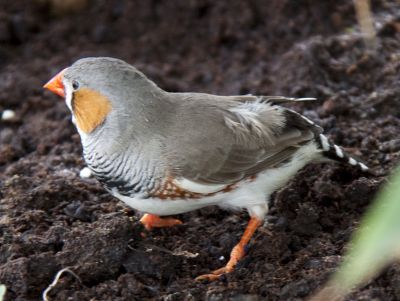It is well known that poor nutrition leads to compromised development but the causal mechanisms, and the extent and duration of the effects, are unclear. In particular, it would be valuable to understand the effect of diet on the length of telomeres. The telomeres are specialised pieces of DNA at the ends of chromosomes; these wear away with time, and the rate at which this happens influences the rate of ageing.
The EU-funded EVOTELOX project aimed to study this in zebra finches (Taeniopygia guttata). Specifically, researchers wanted to know how diet during development affects antioxidant status and telomere dynamics, and how these influence individual investment in reproduction.
Initially, EVOTELOX measured the physiological effects of different dietary micronutrient levels early in life on overall development, sexual maturity, oxidative status and telomere length. In a follow-up experiment, the birds were bred with a known partner to measure the effect of early life diet on reproduction and offspring growth.
The researchers found that antioxidant defences and telomere length were both severely affected by dietary micronutrient levels; birds reared on a low micronutrient diet showed lower antioxidant defences and showed an accelerated loss of telomeres, particularly during sexual maturation. Moreover, the family of origin had a strong effect on both telomere length and loss rate, suggesting a genetic influence on both traits.
During sexual maturation, birds fed a low micronutrient diet showed an accelerated development of adult bill colour. Interestingly, the rate of telomere loss and bill colour development was positively correlated during this period, suggesting that birds experiencing an increased telomere loss rate had faster sexual maturation.
Finally, EVOTELOX also showed that females reared on a low micronutrient diet during their development tended to invest more in reproduction at adulthood (e.g. more breeding attempts) than any other experimental group. However, when reproducing, these females had smaller clutches, lower hatching success and their offspring showed lower growth rates. These findings represent an important contribution to our understanding of nutritional modulation of (human) ageing and life history plasticity, and intergenerational effects.
 EN
EN  CS
CS DE
DE ES
ES FR
FR HU
HU IT
IT PL
PL PT
PT РУ
РУ SK
SK TR
TR УК
УК AR
AR 中文
中文







